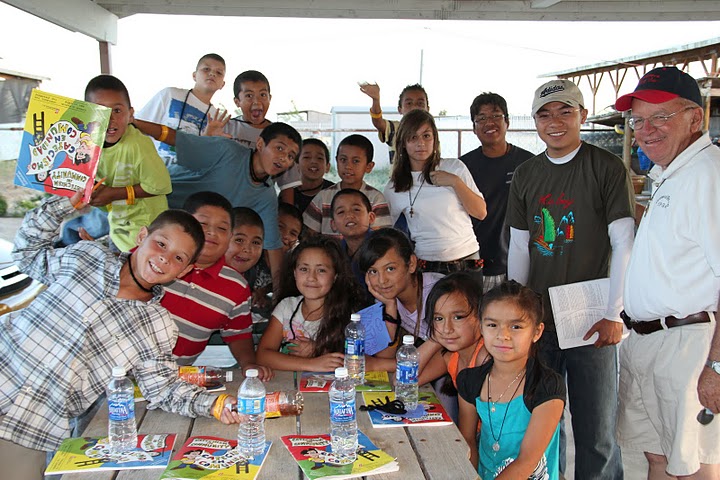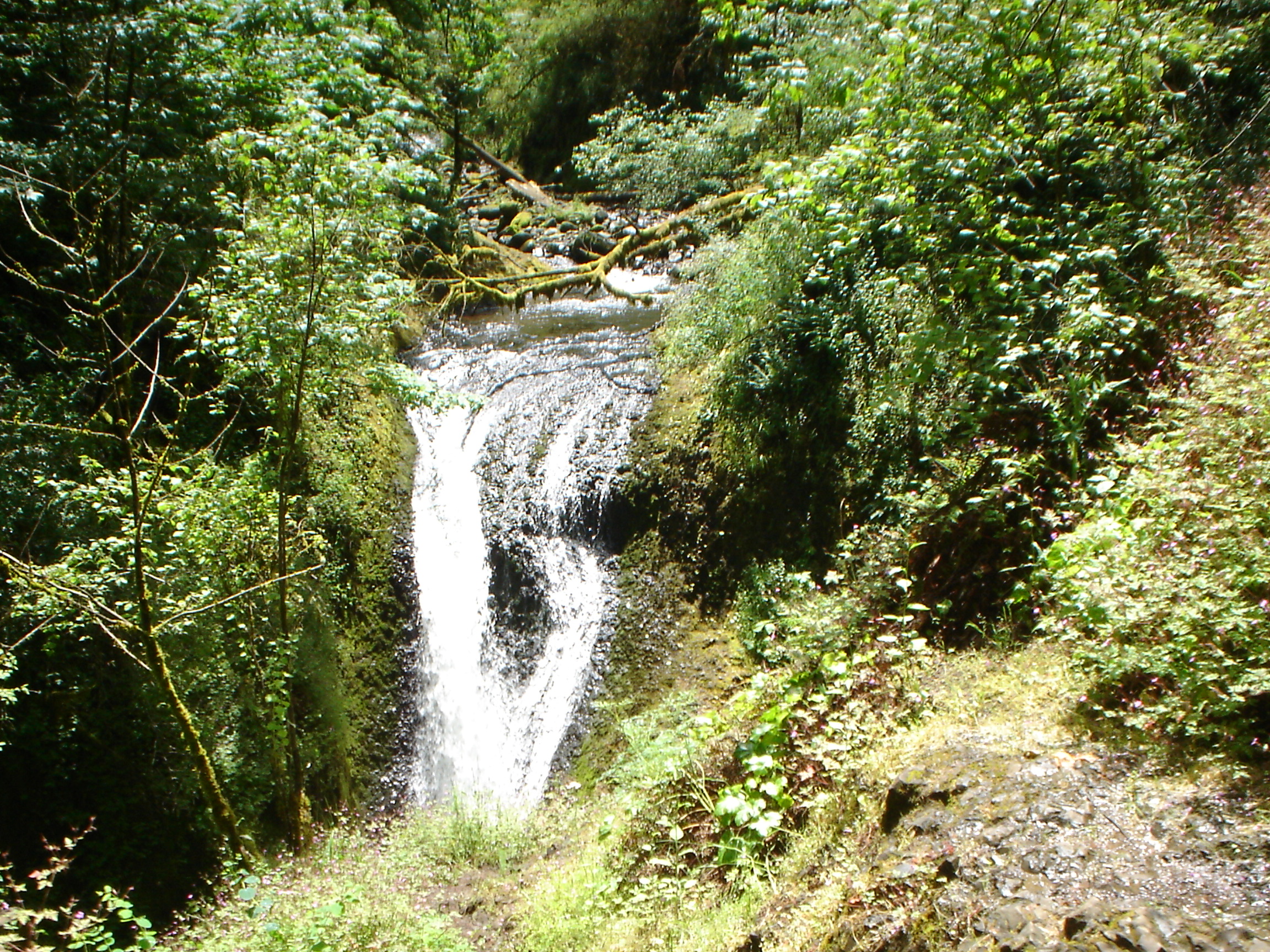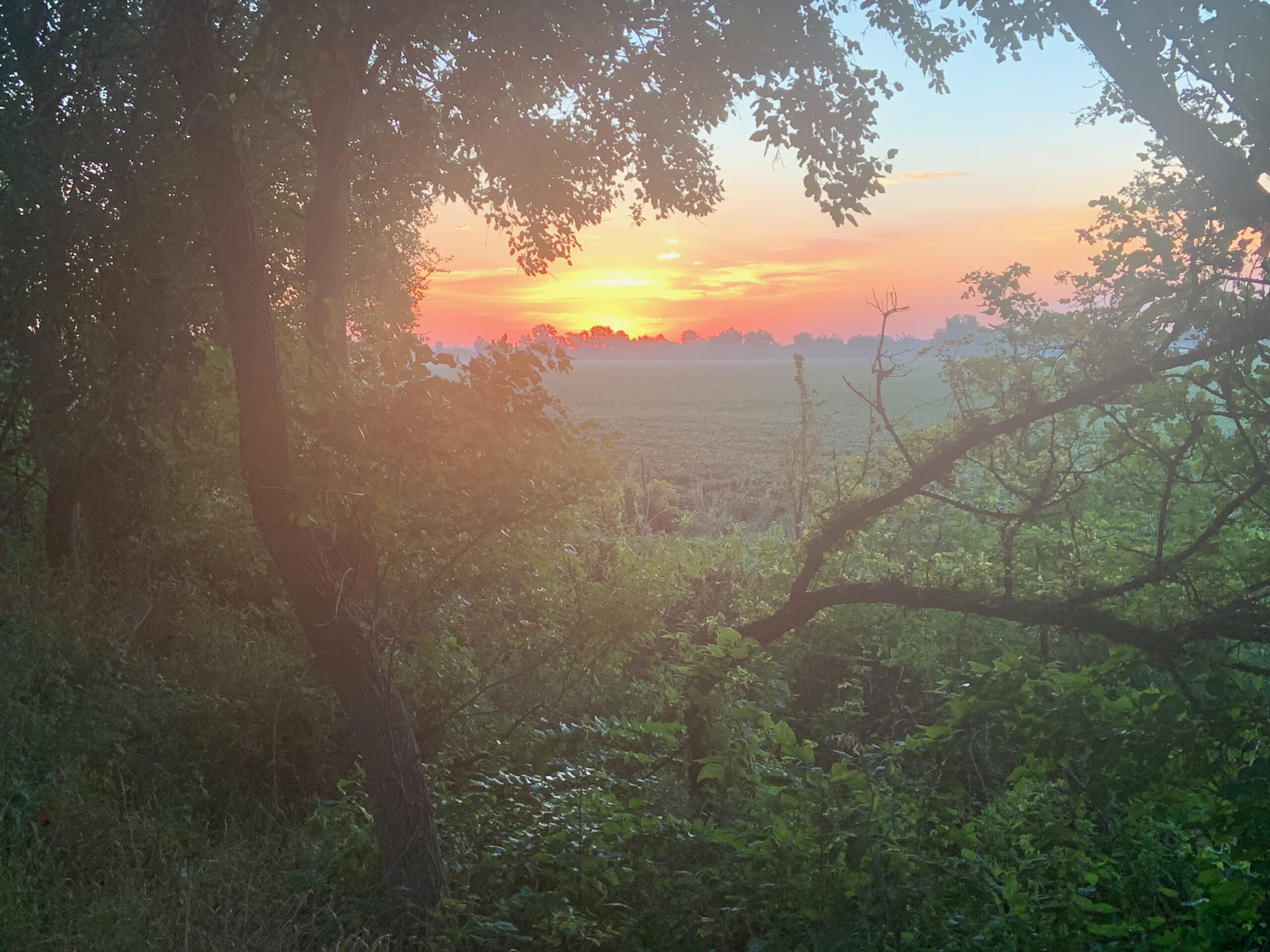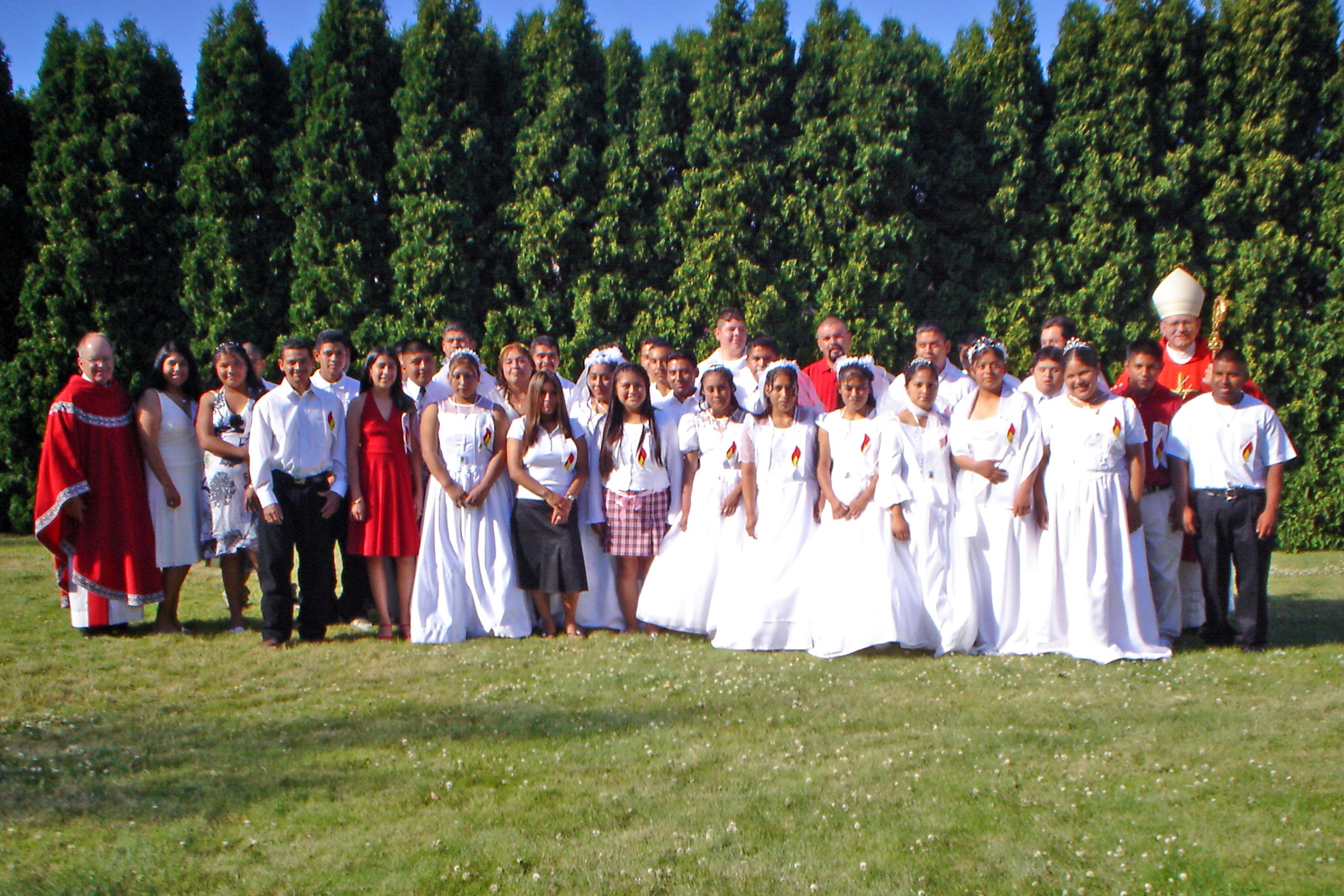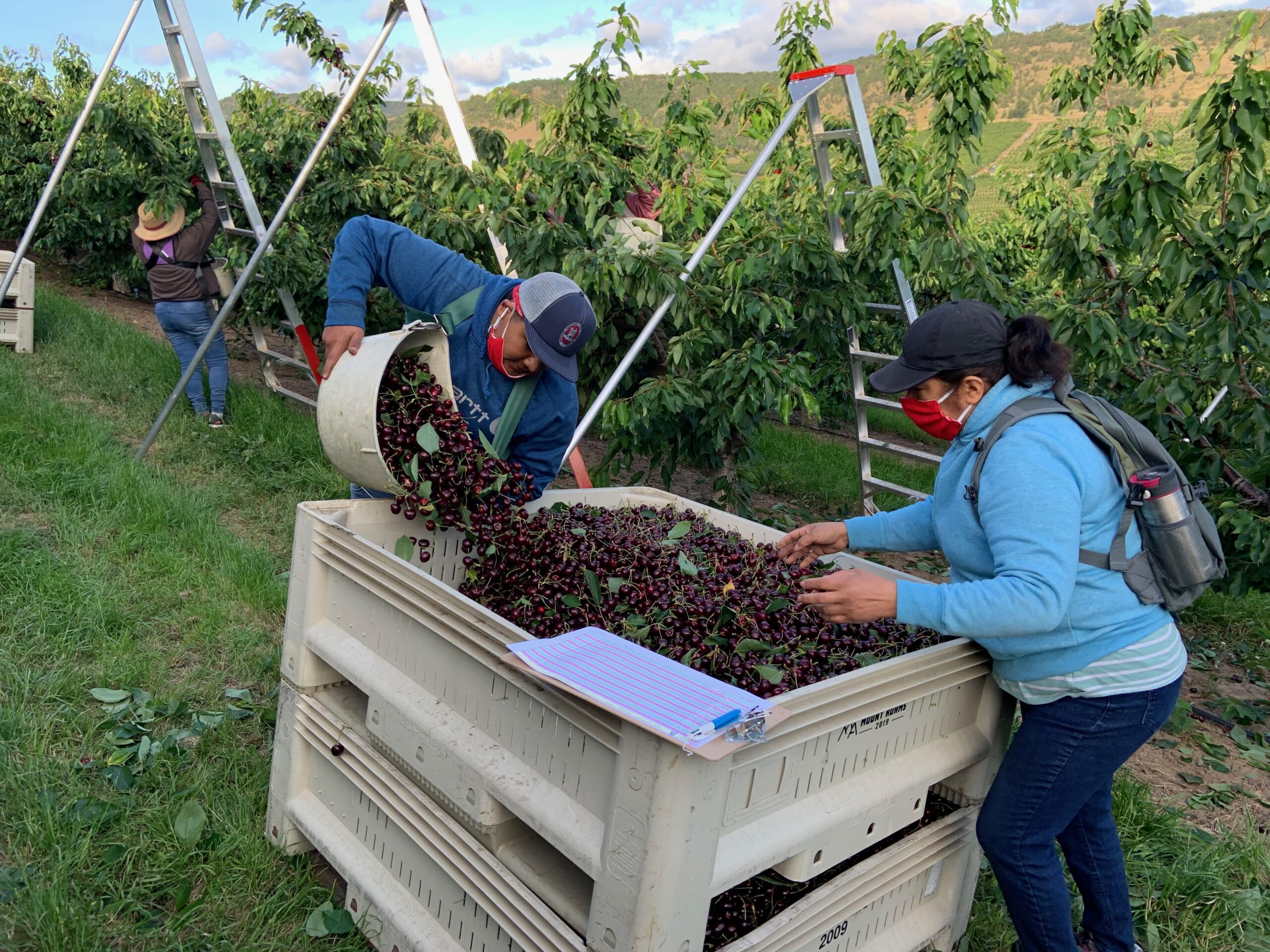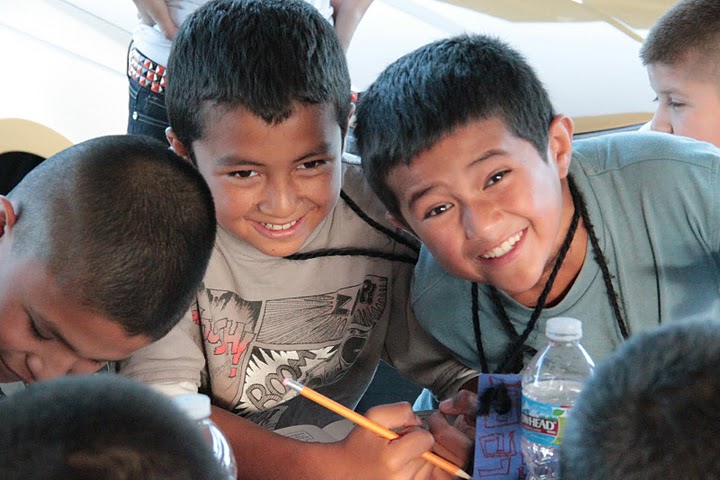Juan Diego, model of indigenous conversion
Les invitan a un retiro de adviento en englés
Hace dos semanas, ofrecimos a un retiro del Adviento en español. Anunciamos un retiro similar en inglés . Será las noches de Dec. 7-9. Será live streamed en Facebook/DIOJEFFCITY a las 7:00 pm cada noche. Puede encontrar en:
https://diojeffcity.org/event/online-advent-retreat-english/
Your are invited to the Jefferson City Diocesan Advent Retreat
The idea for an Advent Virtual Retreat arose from our desire to offer reflections on Advent for the three evenings: Dec. 7-9. It will be live streamed on Facebook/DIOJEFFCITY at 7:00pm each evening. It may be found on:
https://diojeffcity.org/event/online-advent-retreat-english/
Juan Diego, modelo de conversión indígena
Mis primeros años trabajando en la comunidad hispana, la historia de Juan Diego y las apariciones de Nuestra Señora de Guadalupe fueron una historia hermosa, pero no captó mi imaginación de inmediato. Al experimentar la intensidad de las experiencias de oración en torno a la fiesta de nuestra comunidad mexicana, tuve que mirar más profundamente la historia de las apariciones. La historia se volvió más significativa para mí cuando comencé a considerar a Juan Diego como un hombre de sustancia que después de su bautismo quería aprender más sobre la fe. Él era un buscador. Quería saber más sobre la fe que había descubierto recientemente.
La historia de Juan Diego y las Apariciones se encuentra en el Nican Mopohua, un poema en náhuatl que nos llega de la tradición oral. Juan Diego es un converso reciente a la fe católica. Tenía la costumbre de caminar nueve millas por montañas y colinas hasta México cada semana para escuchar las enseñanzas de los frailes. Quería aprender más. El fue un estudiante. Fue humilde, pero no ingenuo. Percibió todo lo que lo rodeaba mientras contemplaba la belleza de la naturaleza y la música de los pájaros mientras caminaba. Cuando escuchó una voz que lo llamaba por su nombre, vio a una virgen, y cuando ella dijo: “Yo soy la María de las Escrituras, la Madre de Dios”, comprendió que era de su nueva fe.
Ella elevó su creencia en ser amado por Dios y él quería hacer todo lo que ella le pidiera. A medida que avanza la historia, pasa de sentirse indigno y débil a creer en su dignidad y fe. Al final, se para ante el obispo, presentando las flores como signo para el obispo, y la imagen aparece en su tilma. El pobre hombre indígena se erige como el noble hombre de fe dispuesto a ser testigo para llevar a otros a la fe.
Cuando el Papa Juan Pablo II lo canonizó, llamó a Juan Diego el modelo de conversión del indígena. La ceremonia de su canonización estuvo envuelta en controversia en ese momento, pero el mensaje es para que toda la iglesia reconozca que en Juan Diego, la Iglesia reconoce la misión de todo el pueblo de Dios, de salir y hacer discípulos de todas las naciones, para bautizarlos y enseñarles la salvación.

Juan Diego, model of indigenous conversion
My first few years of working in the Hispanic community, the story of Juan Diego and the apparitions of Our Lady of Guadalupe were a beautiful story, but did not immediately catch my imagination. As I experienced the intensity of the prayer experiences around the feast for our Mexican community, I had to take a deeper look into the story of the apparitions. The story became more meaningful to me when I began to consider Juan Diego as a man of substance who after his baptism wanted to know more about the faith. He was a searcher. He wanted to know more about the faith that he had recently discovered.
The story of Juan Diego and the Apparitions is found in the Nican Mopohua, a poem in Nahuatl that comes to us from oral tradition. Juan Diego is a recent convert to the Catholic faith. It was his custom to walk nine miles over mountains and hills to Mexico every week to hear the teaching of the friars. He wanted to learn more. He was a student. He was humble, but not naive. He was perceptive of all that surrounded him as he took in the beauty of nature and the music of birds as he walked. When he heard a voice call him by name, he saw a virgin, and when she said, “I am the Mary of Scripture, the Mother of God,” he understood that she was from his new faith.
She elevated his belief in being loved by God, and he wanted to do anything she would ask of him. As the story progresses he moves from feeling unworthy and weak to believing in his dignity and faith. In the end, he stands before the bishop, presenting the flowers as the sign for the bishop, and the image appears on his tilma. The poor, indigenous man stands as the noble man of faith ready to be a witness to lead others to the faith.
When Pope John Paul II canonized him, he called Juan Diego the model of conversion of the indigenous person. The ceremony of his canonization was shrouded in controversy at the time, but the message is one for the whole church to recognize that in Juan Diego, the Church recognizes the mission of all the people of God, to go out and make disciples of all nations, to baptize them and teach them of salvation.
